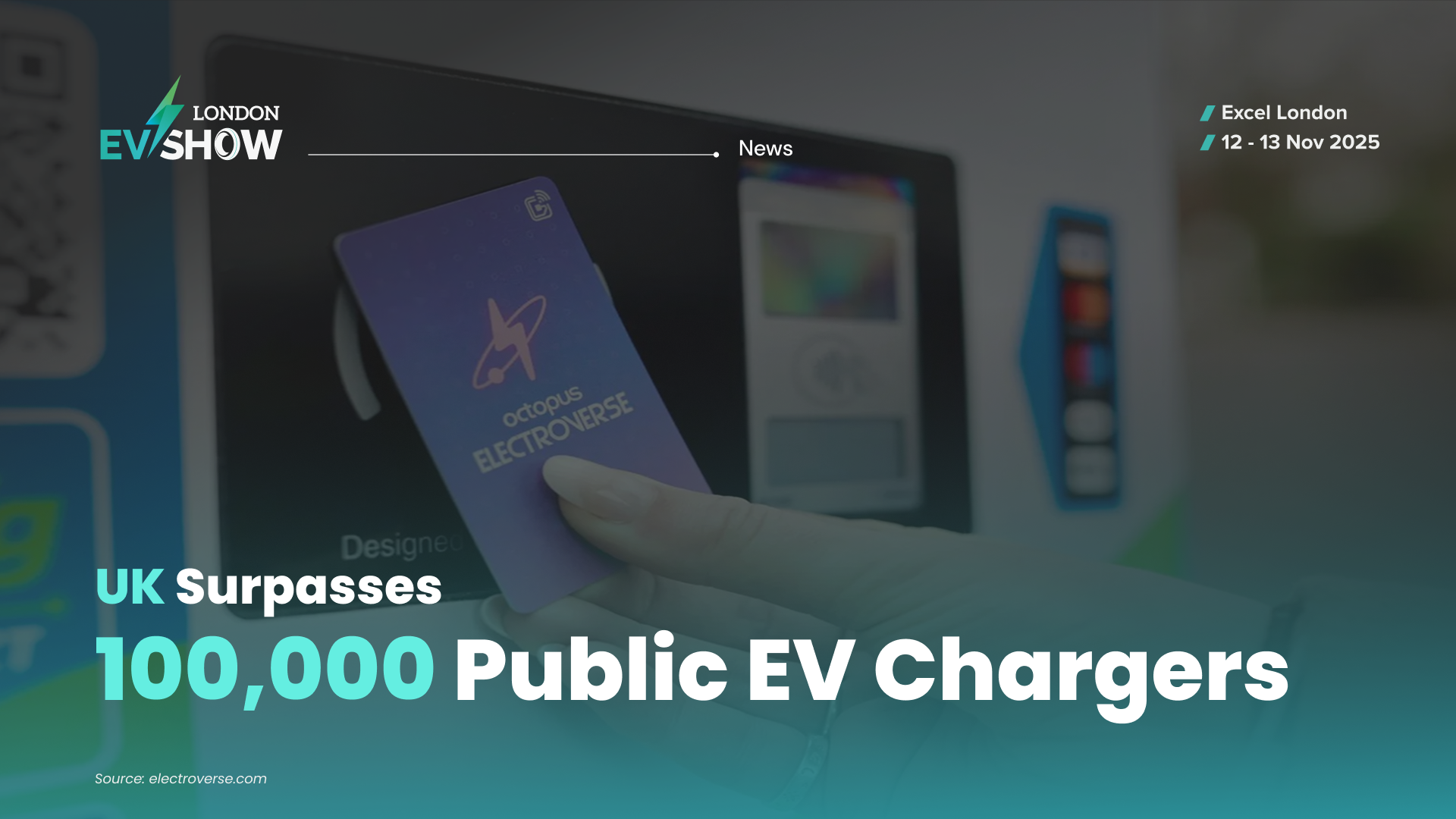UK, 24 April 2025: According to a new report from Octopus Electroverse, Europe’s largest EV charging platform developed by Octopus Energy, the United Kingdom has officially exceeded 100,000 public electric vehicle charging points, marking a significant milestone in the nation’s transition to sustainable transport.
The report also highlights that, on average, a new public EV charger is added to the UK network every 13 minutes, reflecting the country’s rapid progress toward an electrified future. This achievement reflects the UK’s growing commitment to its net-zero ambitions and reinforces progress toward the 2030 goal of phasing out new internal combustion engine vehicles.
Today, nearly a quarter (24%) of all public chargers are rapid or ultra-rapid, capable of delivering a full charge in as little as 20 minutes, helping to reduce range anxiety and enhance convenience for EV drivers across the country.
Supporting this ecosystem is the rise of platforms like Octopus Electroverse, which has rapidly become one of Europe’s largest EV charging networks since its 2020 launch. A charging session is launched every few seconds via the Electroverse platform, underscoring its key role in promoting widespread EV adoption and improving charging accessibility.
In an official press release by Octopus Electroverse, Matt Davies, Director of Octopus Electroverse stated, “This milestone shows we are building real momentum behind electric driving in the UK. Drivers can now trust there is a charger at almost every twist and turn of the road, making plugging in an EV feel as easy as charging up your phone.
“We’re well on track to turning the government’s 300,000 target by 2030 into a reality. And with new rules raising standards on reliability and ease of use, drivers can feel more confident than ever.”
In the same Press release, Asif Ghafoor, CEO of the national charging network Be.EV stated, “What we need now is to upgrade the old chargers that are giving the industry a bad rep. It’s not a case of installing chargers and then you’re done. Charging providers have a responsibility to make sure chargers are upgraded and suit what drivers want today, not what they wanted three years ago.
“For example, contactless should be a given at all chargers, which it isn’t currently. This will greatly improve the driver experience, and give non-EV drivers yet another reason to make the switch.
“We also need more signposting on roads and motorways, which will help to bring an end to the outdated reliance on chargers at motorway service stations.”
The UK’s achievement of 100,000 public EV chargers reflects more than just a number, but it signals a transformative shift in how the nation powers mobility. With continued innovation, stronger infrastructure, and increasing collaboration between government and industry leaders, the road to 2030 is becoming clearer, faster, and more accessible for all.

